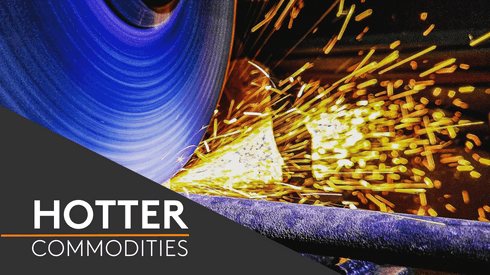Indeed, the shredded scrap settlement in the benchmark market of Chicago settled at $615 per long ton in April, before it fell to $540 in May.
Chicago HMS grade scrap fell as well, hitting $440 per long ton in May, but this remains firm on a long-term basis.
Shredded scrap has surged significantly relative to HMS grade scrap, with the differential between the two grades at $100 in April and May.
A tight supply of merchant pig iron (MPI) and busheling prime scrap has supported shredded prices relative to HMS scrap, with mills able to use shredded scrap within their steel production mix to offset MPI and busheling scrap.
Currently, MPI supply has been tight. With Russia and Ukraine among the leading suppliers to the US, supply from both countries has been limited because of the war.
Busheling-scrap supply has also been limited due to automotive output – a prime scrap generator – being stifled by a shortage of semiconductor chips. Oxford Economics has estimated second-quarter automotive output at 5.6% below the most recent peak in the third quarter of 2020. Output is not expected to return to those peak levels until early 2023 (see chart two).
Much of the MPI supply enters the US via ports in the Gulf Coast and moves to mills in the South of the US. Crude steel production in the South has remained healthy, despite the tightened raw material supply, with output having risen relative to pre-Covid-19 (2018-2019) average production levels, as chart three highlights.
This comes as several electric arc furnaces (EAF) have come online over the past year, with these mills likely consuming more shredded scrap than currently desired to compensate for lost MPI and busheling supply. If the supply of MPI and busheling continues to be stifled, this will place pressure on mills in the region, where significant further increases in scrap and MPI-consuming EAF capacity are set to come online in the next few years (see chart four).




